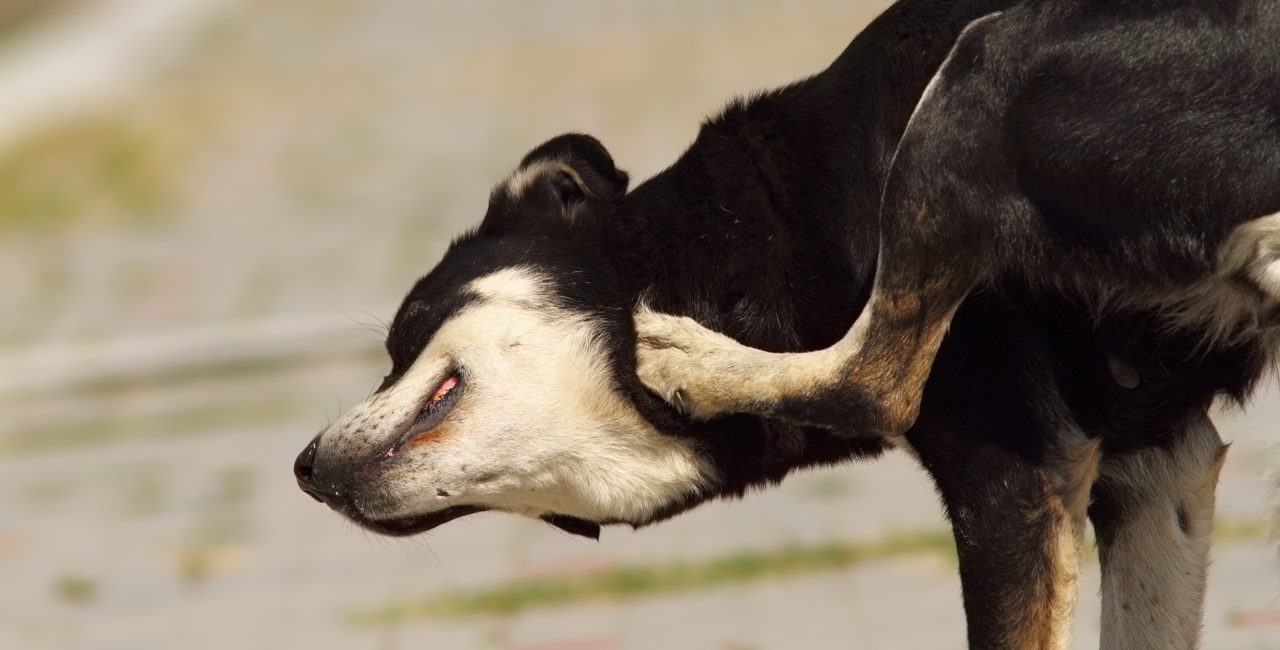Spring is coming!! Everyone is excited… including the TICKS!
Here is what you need to know about Ticks, Lyme Disease and how to keep your pets safe!
What is Lyme Disease & How is it Transmitted?
Lyme di sease is a bacterial infection that is caused by spirochete bacteria, called Borrelia Burgdoferi. It can affect most mammals including humans, dogs, cats & horses. It is transmitted by ticks, specifically the Ixodes species, also called ‘black-legged ticks’, or ‘deer ticks’. Ticks pick up the bacteria while feeding on an infected host (bird, mouse, squirrel) and this bacteria can be transmitted to the next animal the tick feeds on.
sease is a bacterial infection that is caused by spirochete bacteria, called Borrelia Burgdoferi. It can affect most mammals including humans, dogs, cats & horses. It is transmitted by ticks, specifically the Ixodes species, also called ‘black-legged ticks’, or ‘deer ticks’. Ticks pick up the bacteria while feeding on an infected host (bird, mouse, squirrel) and this bacteria can be transmitted to the next animal the tick feeds on.
When a tick gets a blood meal from a host, they feed for 24-48 hours. Before detaching from that host, the tick regurgitates. It is when this occurs that the bacteria can be transmitted to the host. The bacteria can then spread to other parts of the body where it can cause disease.
What are the clinical signs?
Not all animals infected with the Lyme disease bacteria show clinical signs. Clinical signs can take months to appear. Lyme disease can take on two distinct forms:
- Lyme Arthritis: lameness, swollen /painful joints, fever, enlarged lymph nodes
- Lyme Nephropathy (Kidney Disease): dehydration, increased urination, fluid build-up in the abdomen or legs. The pet may only show signs of not doing well – decreased appetite, vomiting, weight loss, bad breath (halitosis). This form can be fatal.
Where are ticks most prominent?
Ticks can be found in more common regions than “in the woods” as we used to believe. They can be picked up in our own back yards. At risk areas include anywhere that has/contains:
- Leaf litter
- Long grass
- Fringes at the edges of trails, fences, walkways
- Grass exposed from the melting snow (Fun Fact: Ticks do not die in the winter)
According to the government of New Brunswick website, the regions of NB that have established tick populations, based on the provincial surveillance program include:
- Grand Manan Island
- Grand Bay/Westfield, Saint John, Rothesay, Quispamsis
- St. Stephen, St. George, St. Andrews
These regions are at an increased risk. This does NOT mean these are the only regions that are at risk of picking up ticks.
When are ticks a risk?
Any time the temperature is above 4 degrees Celsius and there is exposed vegetation. The ticks will come up through the snow to any exposed vegetation on these warmer days to try to find a host.
Canadian winters are changing. In Halifax, every single month for the past 3 years has had at least one day where the temperature was above 4 degrees.
“ There is not 365 days of risk, but there is a risk all 12 months of the year” – Susan Little.
How is Lyme disease Diagnosed? Is There a Treatment:
Lyme Disease is diagnosed by running a blood test to see if the patient has been exposed to the bacteria and ruling out other causes for the clinical signs. Lyme disease can be treated if caught early.
How to prevent Lyme Disease
Preventing Lyme disease is a 3-pronged approach:
- Tick checks: Checking your pets every single day for ticks.. Removing the ticks before they have been attached for 24 hours can eliminate the risk of Lyme disease. The ticks can be hard to find as they can be very tiny (3-5mm), and are especially challenging to find on long haired, or dark haired pets.
- Tick preventatives: These are products prescribed by your veterinarian to help prevent ticks from attaching to your pet. There are a number of formulations (tablets, chews, topicals). Each product varies in the frequency of application, many of them are monthly. Talk to your vet about which is the best choice for your pet.
- Vaccination: There is a yearly vaccine available to protect our pets from Lyme disease. Talk to your vet to see if this is an option for your pet.
What Else Can Be Done to Reduce Risk of Lyme Disease:
Alter the environment around your home to make it less inviting for ticks. Some suggestions include:
- Keeping the grass cut short
- Remove the leaf litter, brush, and weeds from around fences, walkways, etc.
- Move woodpiles and bird feeders away from the house
Talk to your veterinarian for further information regarding Lyme disease and the protection of your pet!



